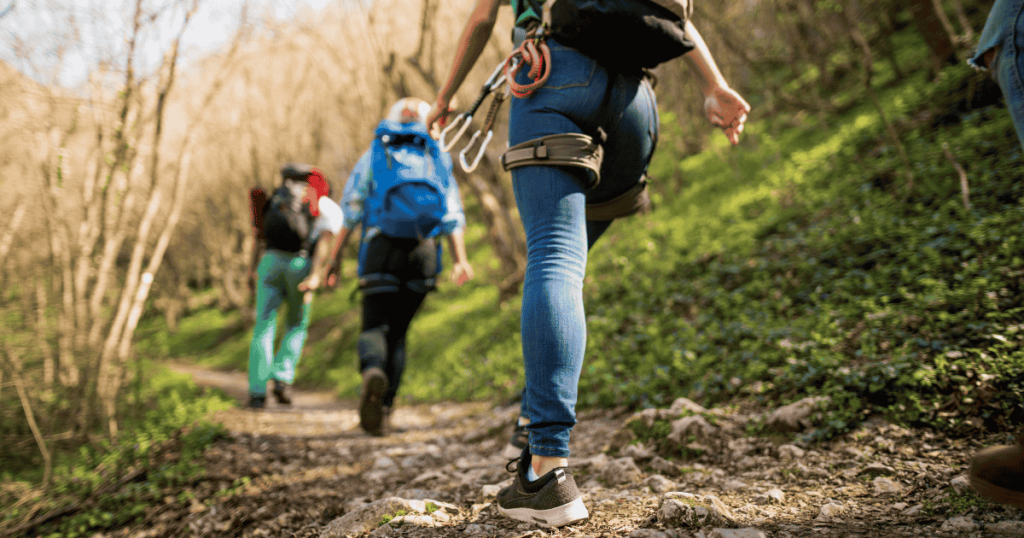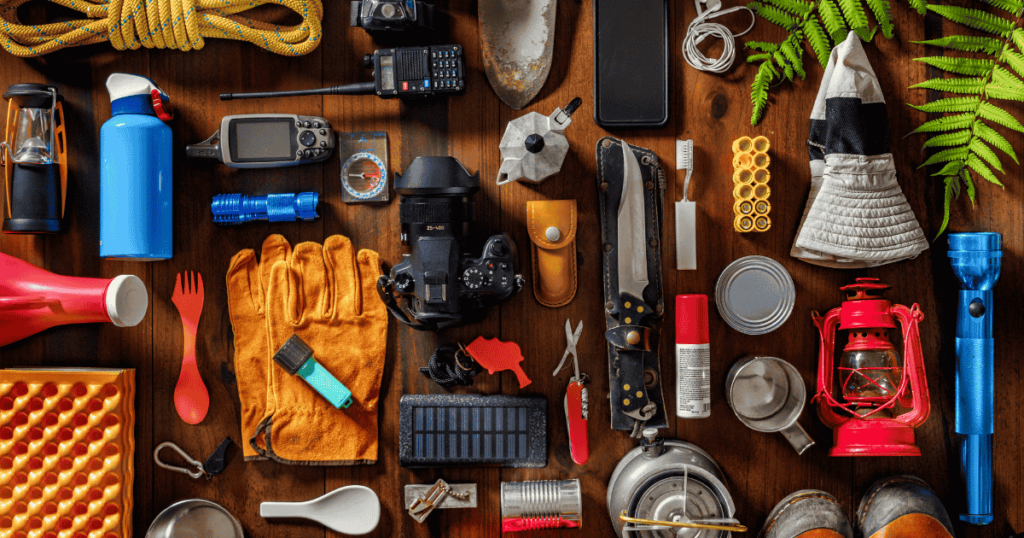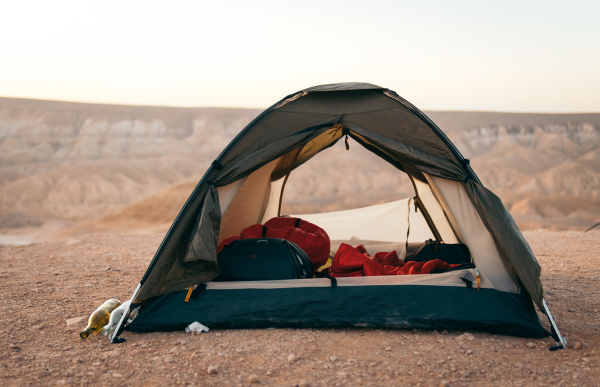
Many hiking guides for the Santa Cruz area have a breezy, dismissive air to them. “Oh, it’s warm and temperate here! All you need is a light jacket, shorts, and even flip-flops, and you’ll be fine!” While this area is ideal for casual hikes and beginning hikers, it is important to remember that conditions are also incredibly varied, and some of those conditions can cause confusion and unforeseen delays. As such, it’s essential that every hiker have basic necessities in case of injury, obstruction, or mishap.
Weather Variation

The good news is that Santa Cruz is temperate, rarely climbing above 80 degrees Fahrenheit or dropping into the 30s. It’s not usually too humid, the winters are mild and cloudy, and the summers are dry and comfortable. It’s ideal hiking weather, which is why so many hikers can be seen day-hiking in nothing but shorts and a T-shirt, with not even a water bottle or jacket in sight.
However, Santa Cruz also has a lot of variation, microclimates that move in and out quickly, and those can significantly increase the danger of a hike. Fog can roll in unsettlingly fast, obscuring a trail or saturating and cooling clothing and skin. If you hike past sunset, the temperatures can plunge abruptly into the 40s and make it difficult to stay warm. And finally, the dryness of the area in summer puts it at risk of wildfire damage. An active wildfire can be a huge danger depending on the amount of smoke and the direction of the wind, but the damage from a previous season’s wildfire can also alter a trail in unforeseen ways. There could be new obstacles on a trail, a wash-out, a destroyed marker, or uneven terrain. In an event like this, an hour-long hike can turn into a six-hour ordeal as hikers become lost or are required to take alternate routes, which can significantly change what is required to stay safe and comfortable on the trail.
Precautions

Due to the various unknown factors that may affect a hiking trail, it’s important to bring the right gear. Many hikers don’t want to lug around a huge bag of extra stuff on a short day-hike, but keeping the bare essentials prepacked in a day bag can be the difference between life and death if things go wrong, or a good day and a bad day if something merely unexpected happens. Always keep the following on hand, just in case:
- Neck Gaiter. Neck gaiters are great for protecting your head and neck from the sun, or serving as a cool towel when wetted. A bulky straw hat can do the job, but it takes up more room. I like the cooling neck gaiter and multi-use towel for its versatility in keeping me cool, warm, wet, or dry as needed. Having something that can cover your nose and mouth in case of smoke is also a solid bonus.
- Water Filter. If you ever find yourself lost or forced onto a detour while hiking, the first thing you have to think about is how much water you have left. Santa Cruz can get dry, and that water bottle you brought isn’t going to cut it if you’re stuck outside overnight. I always keep a life straw with me when I hike. They’re small, never expire, and can be used with no set-up to filter out all dirt, parasites, and bacteria. Most of us don’t relish the idea of drinking out of puddles, but it’s better than getting sick or dehydrated.
- Poncho. This is another one that packs down well. Any poncho will do, although if you’re out on the trail a lot, a sturdier reusable poncho with its own carrying case will be worth it. Ponchos are nice because they’re actually truly waterproof, unlike most raincoats that require some ventilation in the shell. The poncho is great for keeping you and your gear dry in the case of a storm, especially if that rain makes everything cold as well as wet.
- Flashlight. Flashlights are a pain because they weigh a lot and are always out of batteries when you need them the most. Most people think they can just use their phone and are then shocked at how quickly the flashlight function drains it. You’ll need your phone to potentially contact emergency services, so save the battery and keep a solar-powered or hand-crank flashlight that can help you navigate the dark. Anyone who has accidentally done a “two-hour” hike that turned into five hours knows how essential this is.
- Emergency Kit. A good emergency kit can be stored in a car and simply removed for a hike as needed. You can buy one or just make your own, which will likely be smaller and lighter. A few smart staples for a good kit are bandages, gauze, tape, a knife, matches, cord, sunscreen, and disinfectant wipes.
Every hiker is different (as is every hike), but by taking basic precautions, you’ll find yourself having a safe and pleasant time hiking in Santa Cruz, no matter the trail.


